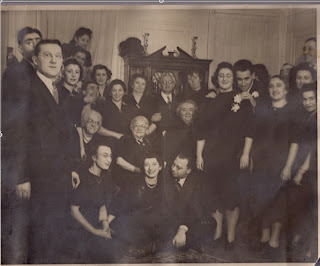David L. Ulin on "the atheistic Jewishness of Deborah Eisenberg’s short stories"
From David L. Ulin’s Tablet article on the work of short story writer Deborah Eisenberg, whose Collected Stories volume is just out from Picador–and on my tbr list:
“It seems strange to discuss Eisenberg as a Jewish writer since, grandparents aside, she almost never writes about Jewish themes. Of the pieces in The Collected Stories, only two, ‘All Around Atlantis’ and ‘Twilight of the Superheroes,’ deal with Jewishness in any overt sense; the rest focus on what their author calls an American sensibility, having to do with what it means to be from the United States. ‘It’s a complicated issue,’ she says, ‘but I define myself as an American, primarily.’ And yet, in a way, this is representative of a kind of Jewish cosmopolitanism. When we think about American Jewish literature, the writers who come to mind—Saul Bellow, Philip Roth, Bernard Malamud, Tillie Olsen—wear their heritage on their sleeves. There is, however, a contrapuntal lineage, going back to Nathanael West and encompassing E. L. Doctorow, Grace Paley, even (inasmuch as we can frame him as a writer) Bob Dylan, for whom the experience of being Jewish is less text than subtext, part of an elastic point of view.”
Read the full piece here.
